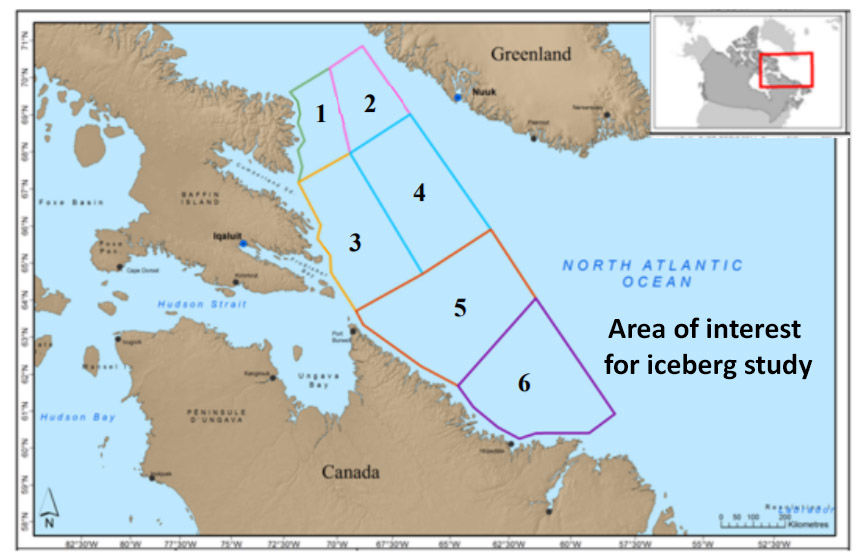Sea Ice Data Products – Derived from Remote Sensing Sea Ice Concentrations including total ice concentrations and by ice type (e.g. multi-year, first year, new ice) for local, regional or shipping corridor operational areas for specific times of the year. Ice floe sizes and shapes, including density distributions, orientations and information on open water leads separating the floes. Ice Velocities are derived from sequential satellite image scenes, and estimates are derived from computation of wind and ocean current forcing. The statistical summaries of the above quantities can be presented in a wide range of map-based or tabular formats, including frequency of occurrence and recurrence intervals of specified ice types and for open water. The ice information derived from remote sensing data sources is highly complementary to the sea ice information products that ASL provides based on moored upward looking sonar instruments, including ASL's Ice Profiler ™(see above animation).










